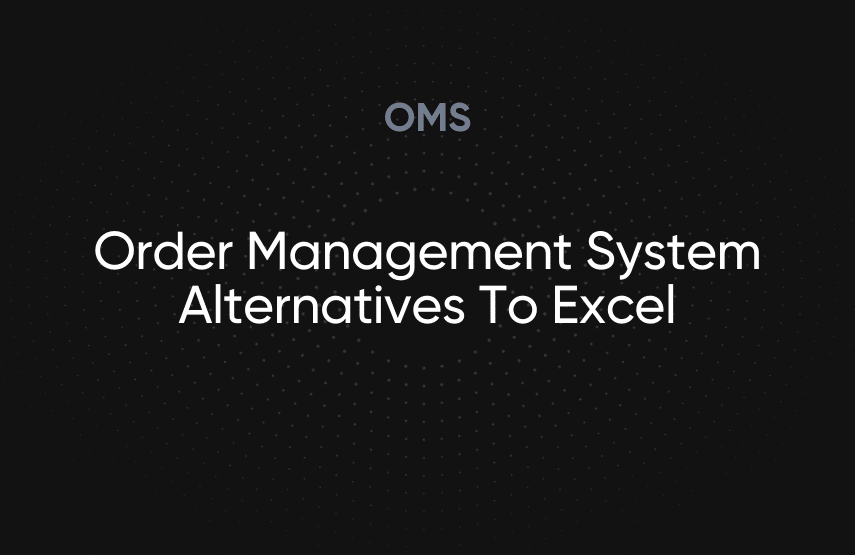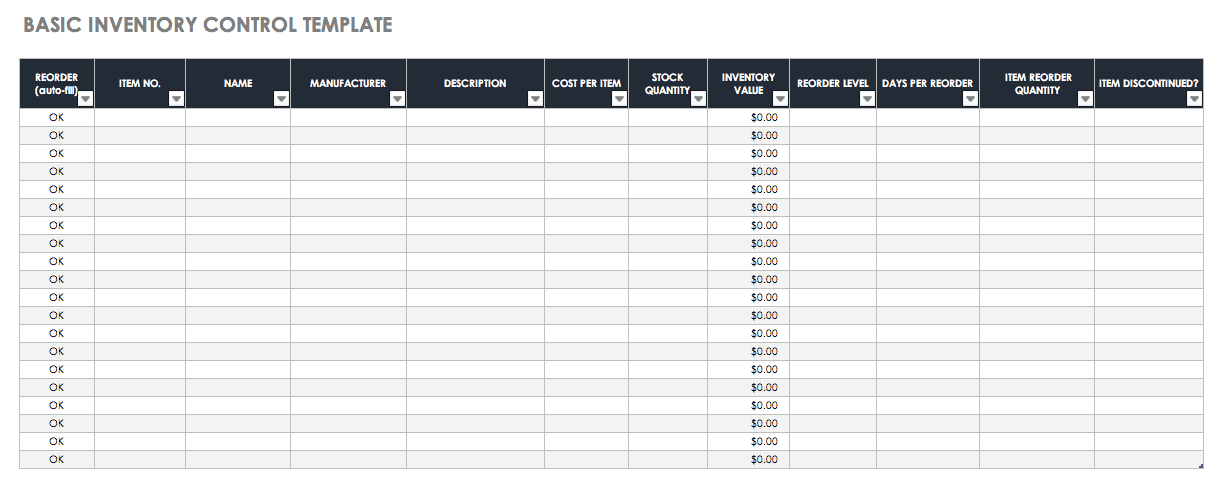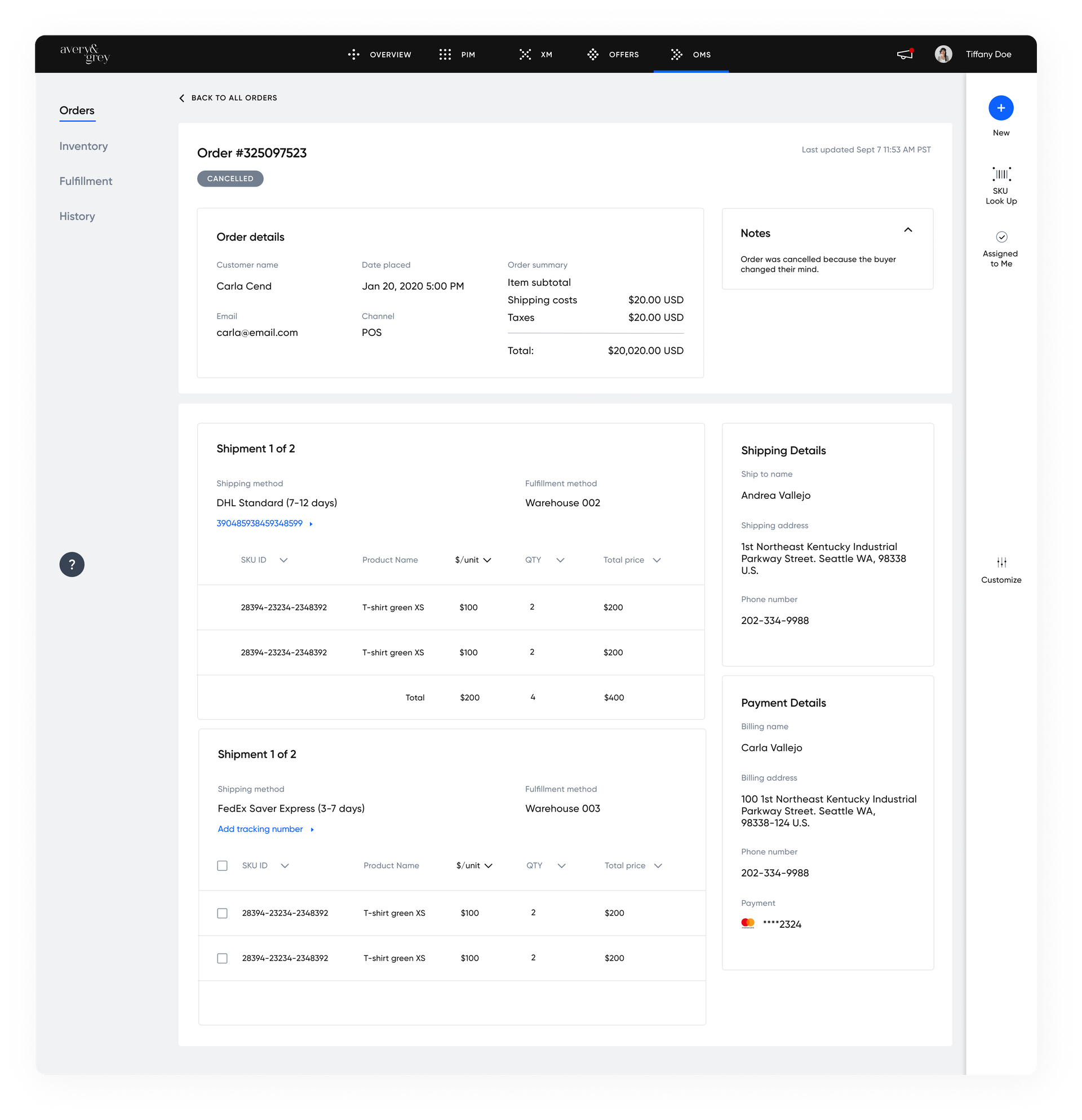Order Management System Alternatives To Excel

Many e-commerce businesses that are just starting and thus managing a few orders a day are using Excel as an order management system.
Although Excel is free and easily accessible to anyone, it requires manual entries, which can exhaust time and resources for companies that want to scale.
There are many alternatives to using Excel as an order management system, however, upon further examination, these solutions are expensive and lack the security and flexibility enterprises need to grow.
fabric OMS is secure, customizable, and designed to meet the needs of modern enterprises. It has microservices and API-based architecture so that you only pay for the specific features needed.
Excel is a data management and analysis tool developed by Microsoft in 1987. Although Excel is not an order management system (OMS) in itself, it offers early-stage e-commerce businesses an easily accessible platform to track order entries and removals to create an overview of inventory levels.
Today, Excel has more than 750 million users worldwide, and according to Microsoft’s CEO Satya Nadella, it is the company’s “most important consumer product.” In this post, we’ll give an overview of the Excel order management system and walk through its pros and cons.
[toc-embed headline=”Excel Order Management System Overview”]
Excel Order Management System Overview

Advantages of Excel
Excel is typically the first order management system that comes to mind for new e-commerce businesses. It is equipped with add-ons and algorithms to make spreadsheets more intuitive and manage inventory without incurring costs.
Users can customize the tool to suit their needs and create multiple spreadsheets to group their data into clusters. The algorithm lets users create numerous variables (SKU reference, price per unit, item name, and date of entries and removals) that they can manage through pre-integrated formulas in the software.
Excel as an OMS software makes it possible for teams to work collaboratively. In addition, it integrates with similar tools such as Google Spreadsheets, and companies can keep copies in the cloud to recover their data in case of unexpected events.
Disadvantages of Excel
Excel is not intended for order management, so it lacks many of the recent omnichannel OMS features. The biggest drawback with Excel order management is that all entries must be made manually. This takes up time and resources, which is a bottleneck for medium to large brands.
The lack of automation also results in human error and data loss, such as inaccurate inventory counts and delayed updates across multiple sales channels. In addition, it’s difficult to prevent any unauthorized personnel from accessing an Excel spreadsheet, which can lead to damaging data leaks.
Unlike Excel, a modern OMS updates inventories in real-time and performs order processing on autopilot. They also use technology to track and record every event by scanning barcodes or RFID, letting them provide error-free tracking and real-time updates.
[toc-embed headline=”OMS Alternatives to Excel”]
OMS Alternatives to Excel
Traditional alternatives to Excel
- IBM Sterling OMS offers a comprehensive tool to facilitate order processing and fulfillment. However, it lags and requires too much maintenance. Plus, the lack of customization makes it inconvenient for new users.
- Skubana uses automation to save time and money. It’s easy to use and can manage multiple orders and fulfillment in sync. However, the software is outdated and lags consistently.
- SAP Hybris helps customers with its personalized order processing. It adapts to many business models, offering features for starting, running, or expanding a business. Still, it is a legacy system that lacks many modern-day OMS technologies and features.
Modern alternatives to Excel
- BigCommerce is a modern-day OMS alternative to order management systems based on Excel. It has a headless architecture but is not as flexible as microservices-based alternatives. It is thus hard to customize and costs too much money.
- Fluent Commerce is a cloud-based order and inventory management solution geared towards enterprise applications. Nevertheless, due to its technical features and shortcomings in documentation, this solution is still regarded as an old product.
- fabric OMS is a state-of-the-art tool that combines security and versatility. It helps retailers automate inventory management with cloud-based software that runs seamlessly. fabric OMS also lets users customize systems and processes to their liking—a feature that many order management systems do not have.
[toc-embed headline=””]

Tech advocate and writer @ fabric.
